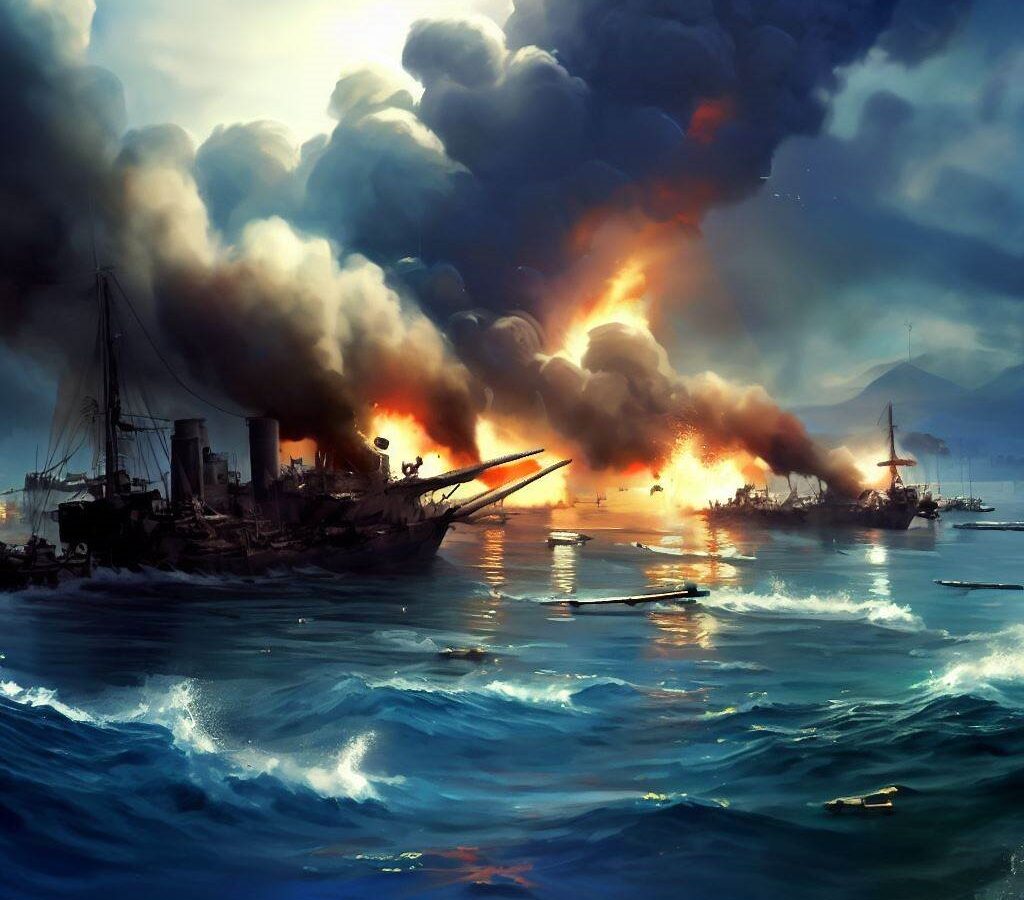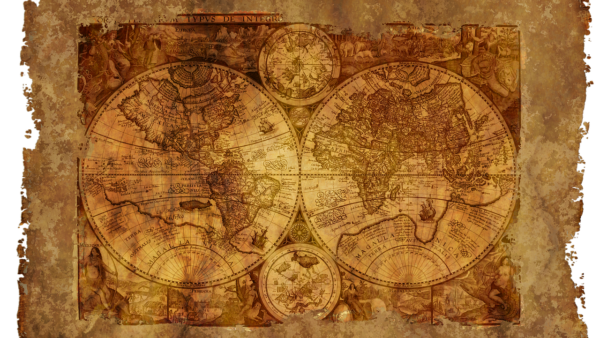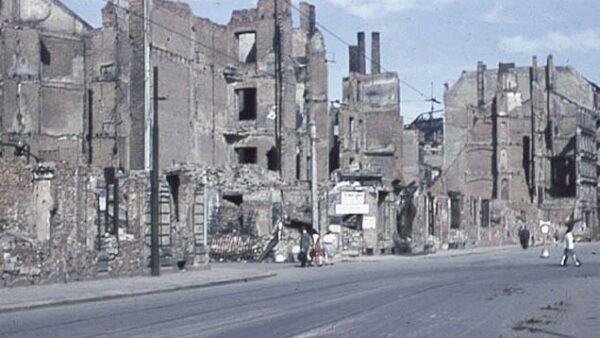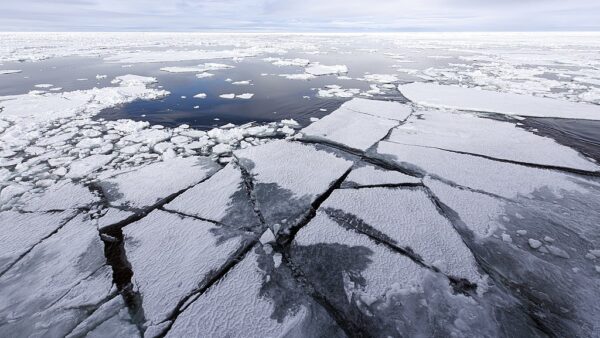Setting the Stage for Battle
October 20, 1944 marked a monumental moment as General Douglas MacArthur fulfilled his promise to liberate the Philippines. Leading American forces in a successful amphibious landing on Leyte Island, MacArthur had set the wheels in motion for what would become one of the largest naval engagements of all time. This event kicked off the Leyte Gulf campaign and attracted the attention of the Japanese Imperial Navy, culminating in the epic Battle of Leyte Gulf.
The Sho-Go Plan Against the Allies
In response to the Allied invasion, the Japanese devised an operation they called “Sho-Go”, meaning “Operation Victory”. Their strategy was an all-out plan to defeat the Allied advance into the Philippines. The Japanese Imperial Navy gathered its remaining forces for a complex, multi-pronged attack aimed at destroying the American invasion fleet around Leyte. What followed were several distinct clashes at sea that would push naval warfare to its limits and change the tide of the entire Pacific War.
The Engagements Unfold
Between October 23-26, 1944 the Battle of Leyte Gulf played out through various coordinated naval battles in the waters surrounding the Philippine islands. First, in the Battle of the Sibuyan Sea, American aircraft battered the Japanese fleet, sinking the massive battleship Musashi. Meanwhile, the Battle of Surigao Strait saw American battleships and destroyers decimate a Japanese squadron attempting to pass through the strait under cover of night. Further east, the Battle off Cape Engaño involved carriers launching air attacks on each other. And in a dramatic David vs Goliath encounter, the small “Taffy 3” task force heroically held off a large Japanese surface force during the Battle off Samar.
A Turning Point is Reached
After days of intense fighting, the multiple engagements that comprised the Battle of Leyte Gulf resulted in a definitive Allied victory. The Japanese Imperial Navy lost four aircraft carriers, three battleships, ten cruisers, and dozens of other vessels. Faced with such devastating losses, including experienced crews and pilots, the Japanese were no longer able to contest Allied supremacy at sea. This defeat marked a turning point, as it allowed the United States and its allies to gain control of the Philippine archipelago and shift the entire strategic dominance in the Pacific decisively in their favor. What had started as the attempt to defend Leyte evolved into one of the largest naval battles in history and a giant leap towards ultimate victory in the Pacific theater of World War II.
Remembering the Sacrifices
As we reflect on the historical significance of this watershed moment, we honor all those who fought and gave their lives across both sides. The courage and sacrifices endured to fight for competing visions of freedom and empire remind us of war’s immense human cost. Nearly 80 years later, the legacy of the Battle of Leyte Gulf lives on as a pivotal demonstration of naval might and strategic consequences that ultimately helped liberate the Philippines and bring World War II in the Pacific to a close. Its enduring impact on the annals of military history should never be forgotten.





